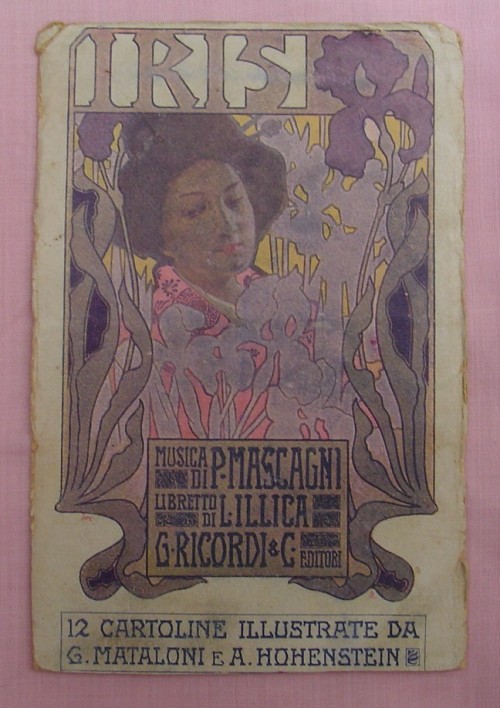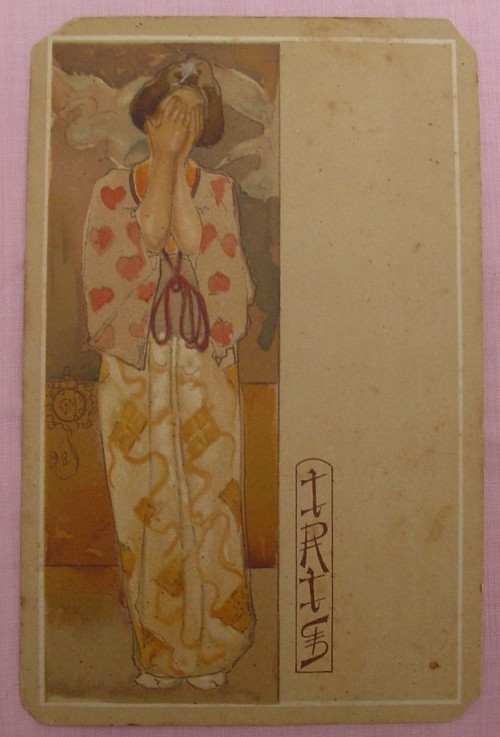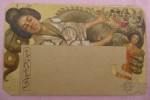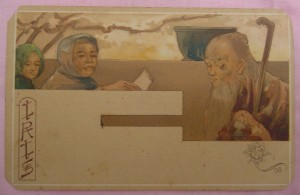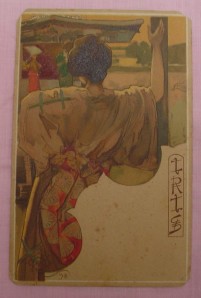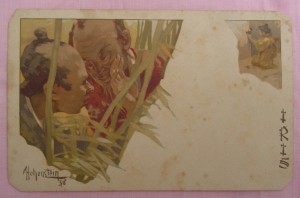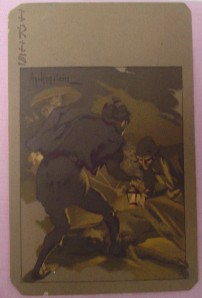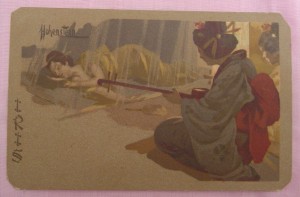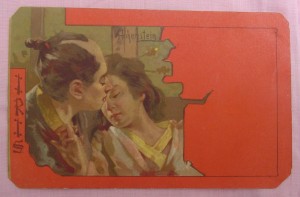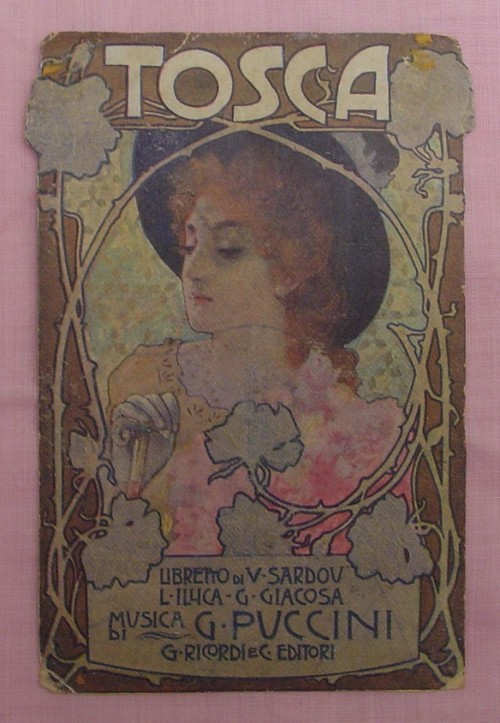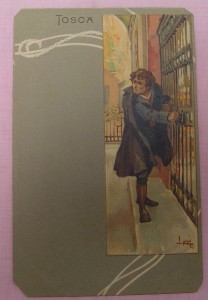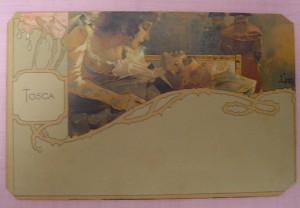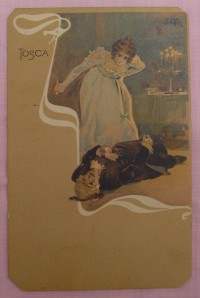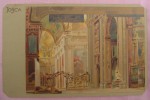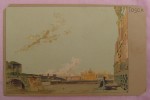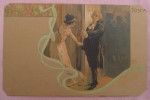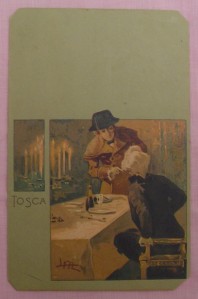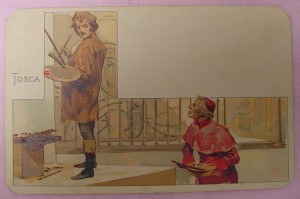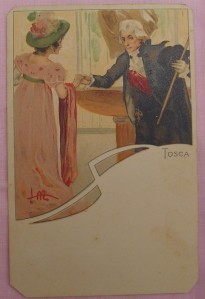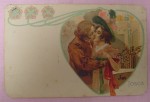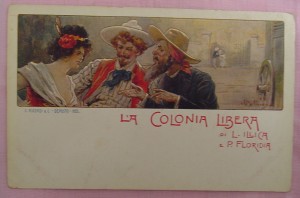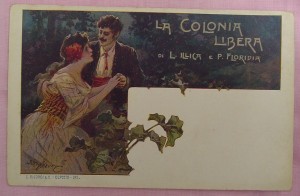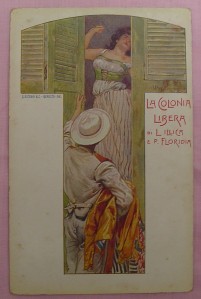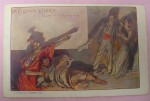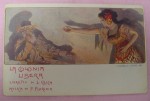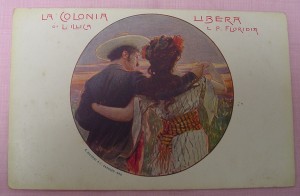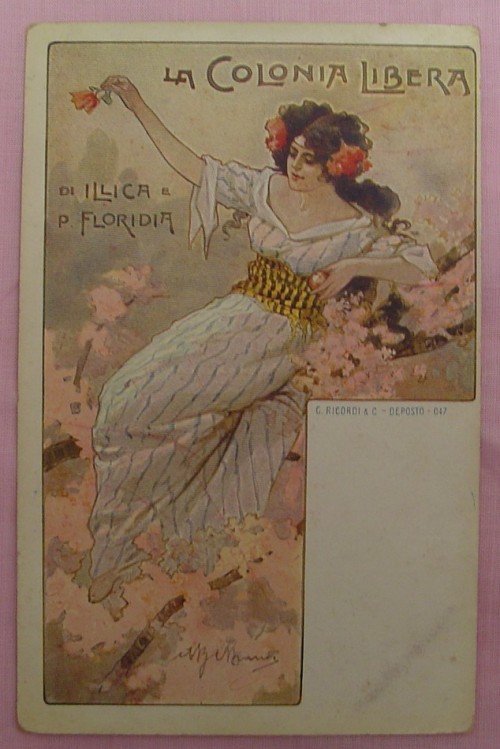Made by Régé – 1950
Lunettes Régé & Associés is a subsidiary of L’Amy group, leader of the french eyewear industry and one of the world largest manufacturer.
Country of Manufacture: France
Color: tortoise shell plastic cat eye with rhinestone accents.

1950
Country of Manufacture: Argentina
Color: silver and black plastic cat eye
1970
Made by Jordache
By the 1970’s, Jordache negotiated licensing deals for the name for products ranging from sunglasses to women’s sportswear.
Country of Manufacture: Italy
Color: White with Black with rhinestone accents.
1970
Country of Manufacture: Italy
Color: Tortoise Shell Plastic Frames.
1970
Color: Tortoise Shell Plastic Frames.
Vintage Sunglasses
Some Examples…
Sunglasses History
The history of sunglasses can be traced back to ancient Rome around the year AD 60, where the Emperor Nero is said to have watched gladiator fights whilst holding up polished emerald-green gems to his eyes, thus reducing the effect of the sun’s glare.
Pliny says about the Emerald Smaragdus: “In form these are mostly concave, so as to reunite the rays of light and the powers of vision. When the surface of the smaragdus is flat, it reflects the image of objects in the same manner as a mirror. The emperor Nero used to view the combats of gladiators upon (with, or by means of) a smaragdus”.
The name emerald is a derivative of an ancient Persian word, coming to us through the corruption of the Latin “Smaragdus “.
Sunglasses were invented in China in 1430 using smoke tinting glass technology. Early Chinese eyeglasses were kept in place with weights that hung down behind the ears. Among the first people to wear tinted glasses were Chinese judges who wore smoke-tinted quartz lenses to conceal their eye expressions during court proceedings.

The first pair of sunglasses was introduced by designer James Ayscough in 1752. He developed blue and green corrective lenses, beginning the use of sunglasses for correcting optical impairments.
Yellow/Amber and brown-tinted spectacles were also a commonly-prescribed item for people with syphilis in the 19th and early 20th centuries because of the sensitivity to light that was one of the symptoms of the disease.
In the early 20th Century, some people wear sunglasses to compensate for the brightness of sunlight. The use of sunglasses started to become more widespread, especially among the pioneering stars of silent movies.
In 1929 Sam Foster’s “Foster Grants” became the first mass-produced sunglasses and they began the trend of marketing sunglasses for fashion.

Sunglasses would not become polarized, however, until 1936, when Edwin H. Land began experimenting with making lenses with his patented Polaroid filter.
The 1950’s saw the birth of rock and roll and the first wave of teenage uber-fans, who popularized the poodle skirts, saddle shoes, white bobby socks and cat eye glasses.
The Classic Cat Eye is the most common in women’s sunglasses; lenses which are wider in the middle than on either side; with a greater curve on the bottom than the top, and often encrusted with rhinestones or other jewels in the pointed corners.
Pop singer Lisa Loeb has made cat eye glasses a big part of her signature look, and she is often credited with the modern comeback of these stylish 1950s frames.

By the 1970’s Hollywood stars and fashion designers made a huge impact on the sunglasses market. Clothing designers and stars put their names on glasses.
Today, sunglasses continue to have advances. There are protective treatments available for eyeglass lenses that need it which will give better protection.









































































